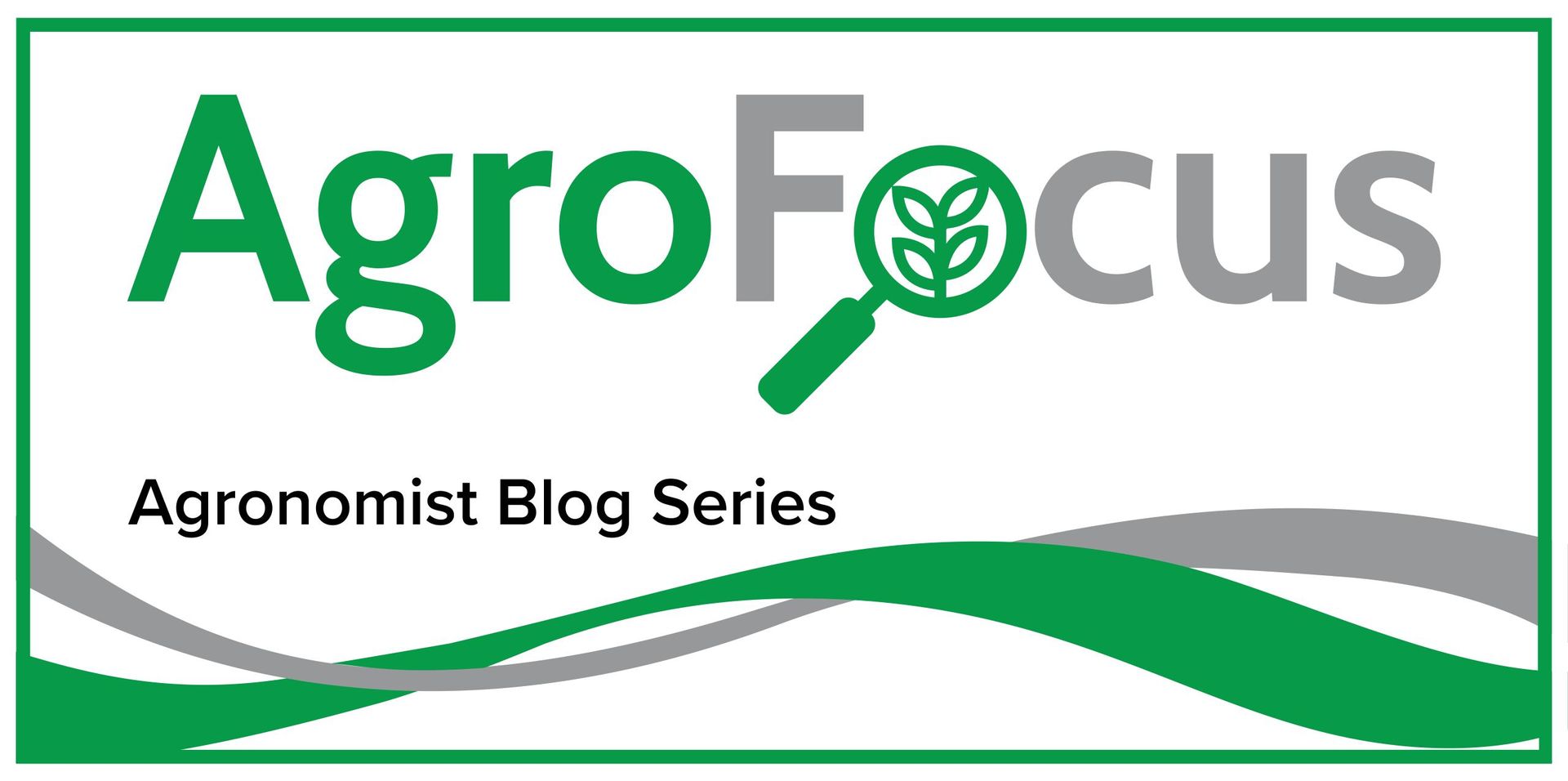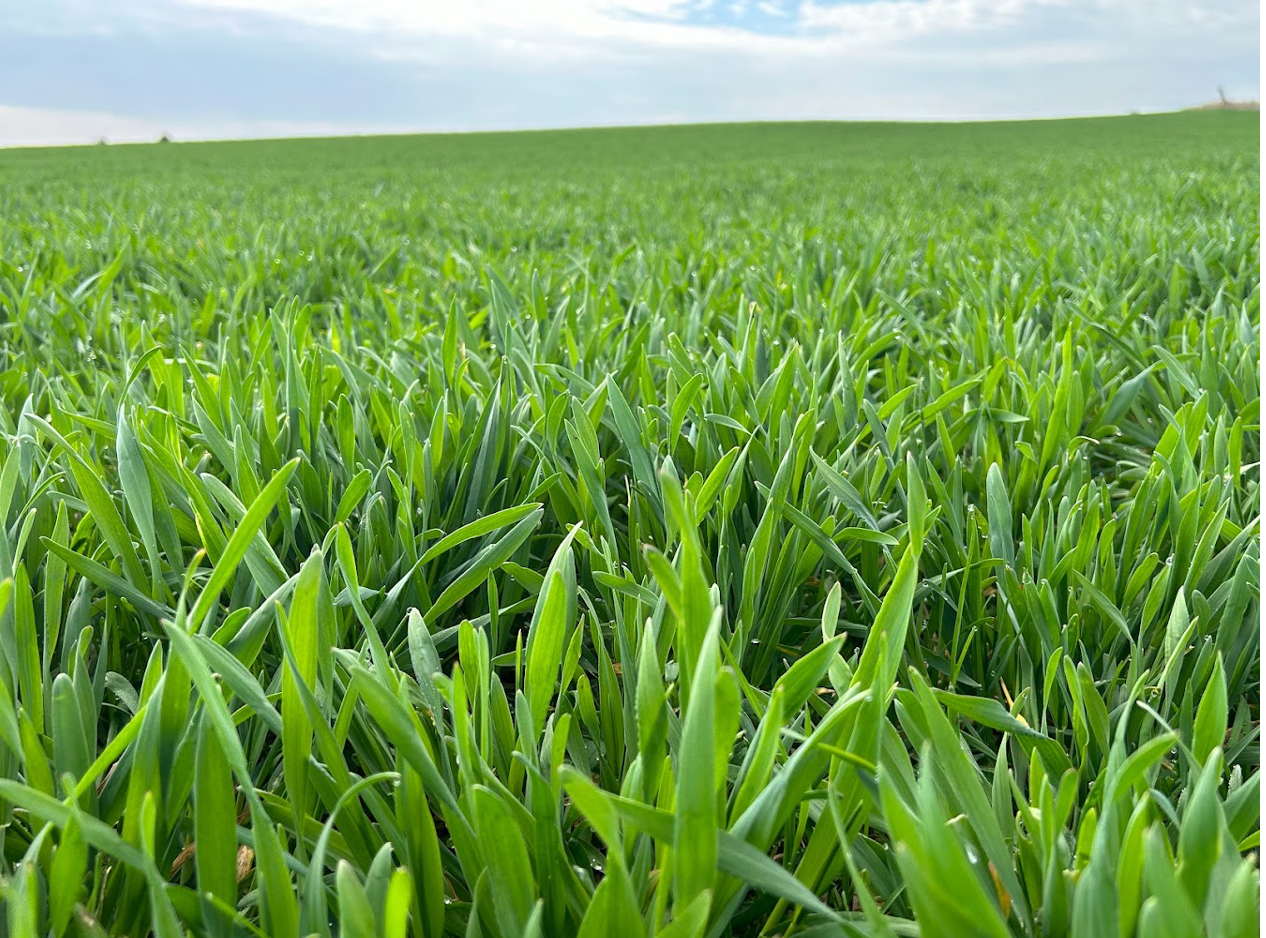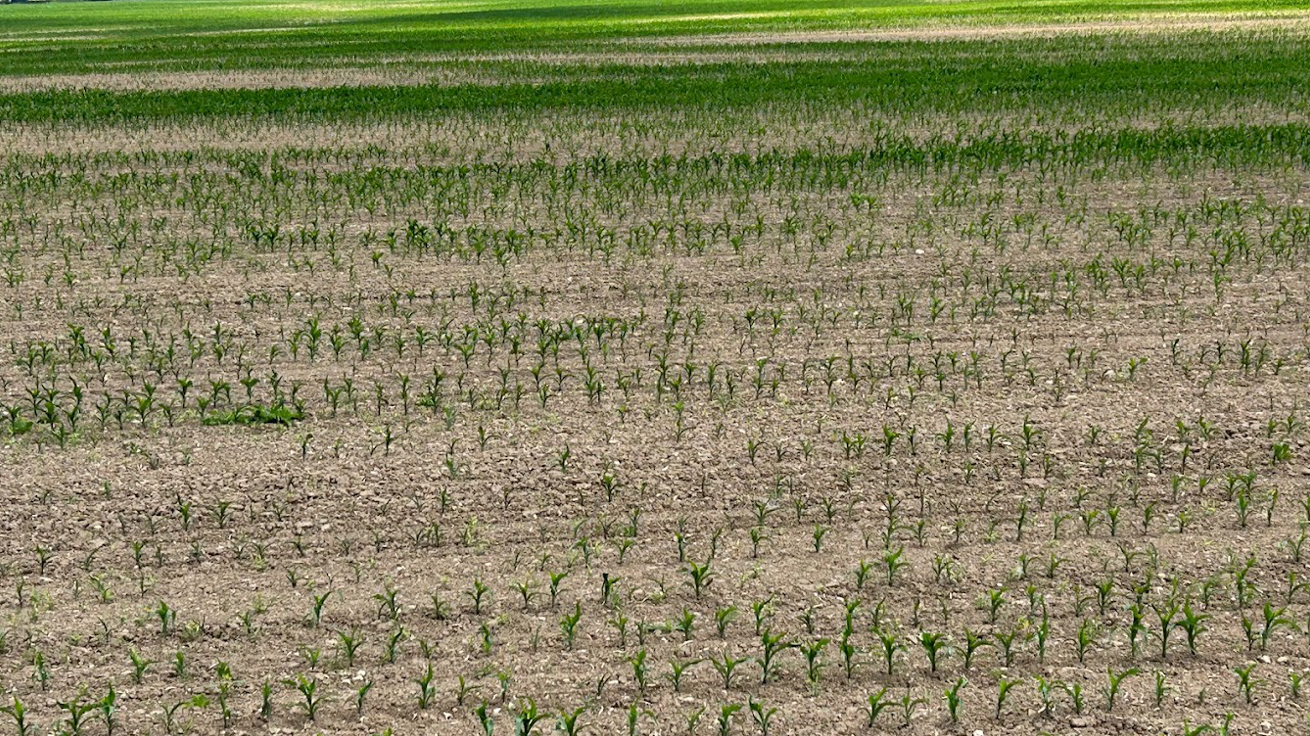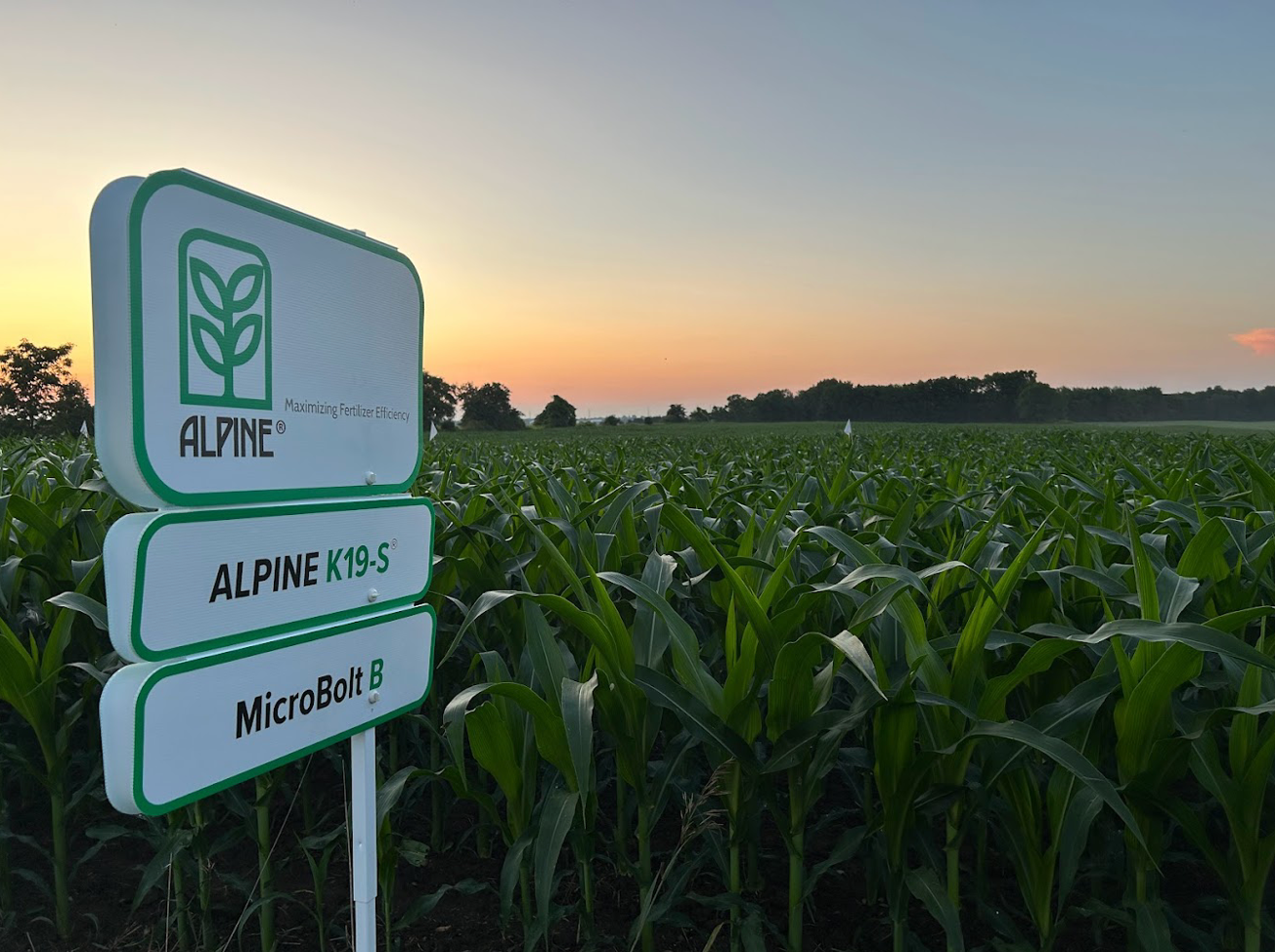


The benefits of our past experiences can create value as we apply them to inspire creativity in our minds. By taking inventory of past lessons, we can develop categories of possibilities that we can act on. As I have been pondering how I would navigate through a life’s worth of trials and errors, along with discovery and successes, I thought it would be good to add a little insight on some lessons from 2023.
Sitting here on my flight back from Alberta, and looking across the winter landscape, I am anticipating the crops that will soon spring out of the ground and again colour our soil with beauty and life. Although it seems that all is at rest, both soils and farmers are preparing for the rush. Consideration of soil preparation and planting equipment, along with fertilizer application and sprayer technologies, we are developing our plan. Seed is on route, or ready for treatment in the bins, while fertilizer arrangements continue to be firmed up. With all these things in the mix, I thought I would comment on a few, while hopefully sharing some insight into the “Pursuit of Efficiency.”
To that end, I would like to consider “Points of Influences” that we can manage throughout the season. As there are four that I will incorporate into the topics from above, I also like to discuss a fifth. That is, how well was your 2023 crop stover distributed, and how was your soil structure left from tillage or excessive traffic. At first look, all is well, but upon further monitoring, winter snow cover and uniformity across the field can share a great lesson. I also challenge you to take some photos of inconsistent cover and compare it to your germination and emergence maps throughout the spring. You may also want to compare the residue management behind the combine for nitrogen deficiencies while microbial life works overtime in those areas.
As the fifth one is very much in our control to manage, I would like to look at the remaining four, starting with germination and emergence. I heard one of the top yield growers state the top three silver bullets for success, “planter, planter, planter”, so let’s start there. A planter/seeder has several responsibilities once we pull it out of the shed. It must gently transport the seed from a hopper to the ground, by opening a trench, placing the seed in a controlled depth opening, and then applying soil back around the seed with uniform pressure. We entrust our planters to do the best job in every soil type as well as soil condition, while we watch it from the tractor seat. Is the planter depth setting the same as the germination depth and is it the same at every speed. Is stopping to measure behind the planter as you slowed to check it compared to the swath beside that you were travelling at your set speed. We also have expectations that our planter is distributing our starter fertilizer where the plants can utilize it the best. Understanding that roots touch about 1% of the soil during a growing season, it is key that if we are placing a 2x2 or sideband blend, that it is 2x2 from the seed depth vs 2x2 from the soil surface. Applying a seed safe ALPINE starter program with the seed has a great advantage and will enhance your entire crop nutrient plan, encouraging uniform germination and emergence.
Once we have a crop uniformly emerged, we have begun the race to harvest. As we rely on sunlight for photosynthesis, the sooner we can meet row closure with healthy vegetation, we can capture maximum solar power. This was evident in the YEN wheat program this year as the top yields harvested maximum sunlight over the growing season. The vegetation also requires a nutrient balance for consistent growth, although we all understand the importance of nitrogen, it must be accompanied with a facilitator which is potassium. During this stage, we rely on potassium alongside boron to deliver fertility to the plant while returning nutrients back to the roots and microbial life awaiting instructions in the soil. During this growth stage, ALPINE Bio-K® provides both an available potassium source along with the ability to amplify your plants metabolic system. Microbes also take advantage of an increased food source to assist in farming more plant required nutrients from your soil.
The healthy vegetation will now allow us to support the reproduction stage, which is critical for yield success. When we are flowering, pollinating, and establishing yield, we are also encountering the heat of summer. Stress mediation is something that our crops are looking for us to support them through. If we understand the required nutrients at each stage, utilizing tissue samples to outline our best steps will assist us with our foliar nutrient needs. This is where we can take advantage of matching foliar nutrients to maintain nutrient demand. We continue to learn more about water uptake vs nutrient availability from different soil layers. Understanding plant requirements vs true availability will allow us to manage plant stress more effectively. Foliar applications throughout reproductive stages will allow plants to amplify their genetic potential, leading to quality and yield.
The final stage allows us to complete the cycle, from seed to germination, from germination to vegetation and healthy vegetation leading to strong reproduction. The plant can now fulfill the reason it exists by developing more seed. Here is where we reap the rewards of our cropping plan. The energy and nutrients we have developed in our crops can now express themselves to seed quality and yield. As the plant forges towards maturity, it is all based on how well it is positioned for the final leg. Understanding the longer seeds mature on a healthy plant, the better opportunity we have to reach genetic potential. Nitrates are assimilating into amino acids, then into proteins and carbohydrates. Potassium and boron continue to manage nutrient movement while phosphorus continues to drive energy. If we are short of nutrients here, we can be restricted with how much we can enhance our plants.
By starting our season off with a strategic crop plan, we begin the quest for the “Pursuit of Efficiency.” To assist you with your pursuit, our Nachurs Alpine Solutions Team looks forward to taking our 50 years of experience to support expanding your horizons for your 2024 cropping plan. Over the next few months, as you consider your past experiences, utilize them to enhance your future success. Please connect with our DSM and Dealer network, to see how ALPINE’s Maximize Fertilizer Efficiency can improve your farming operation.

Stand Establishment

Uneven emergence

Healthy vegetation

Reproduction

Crop fill

